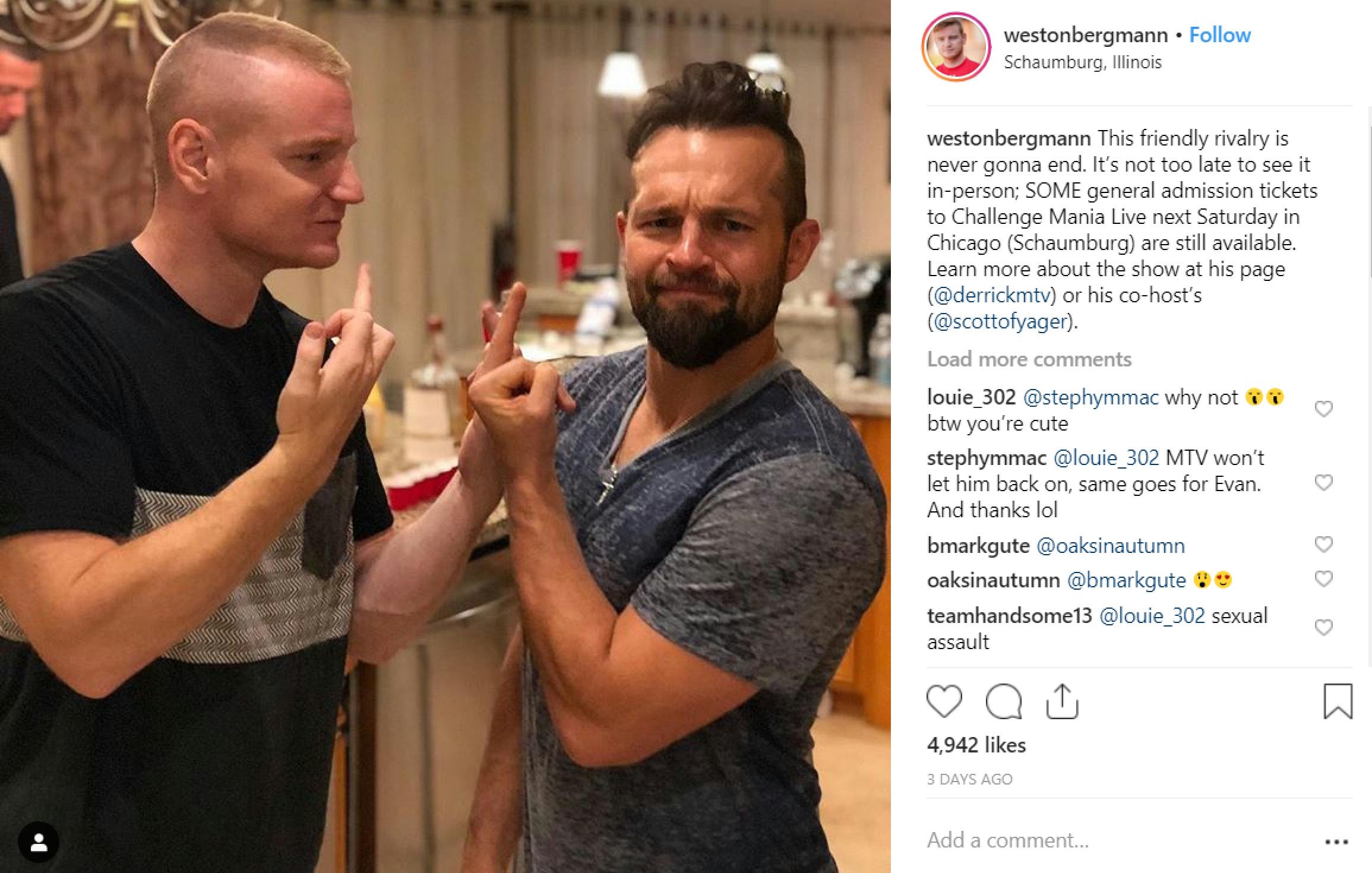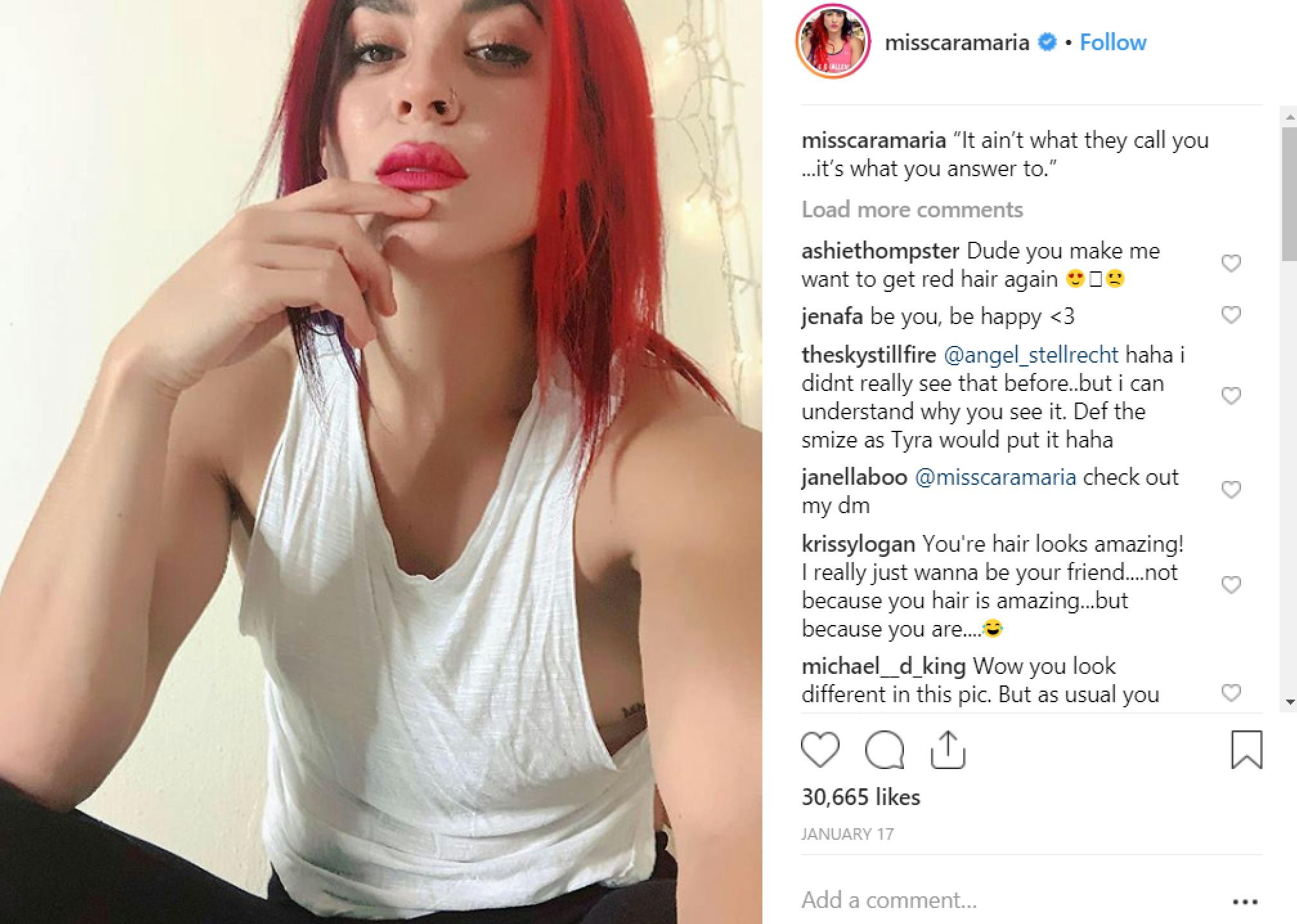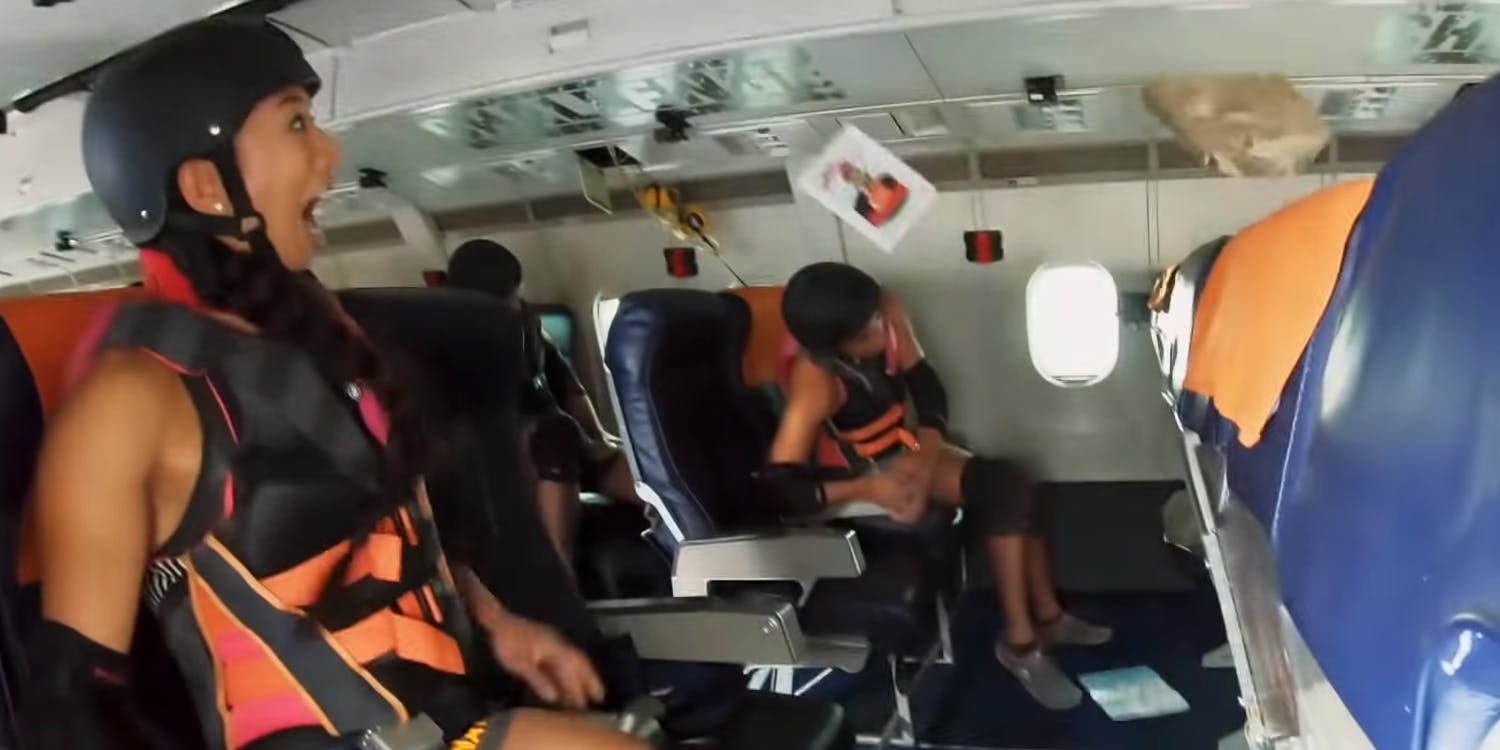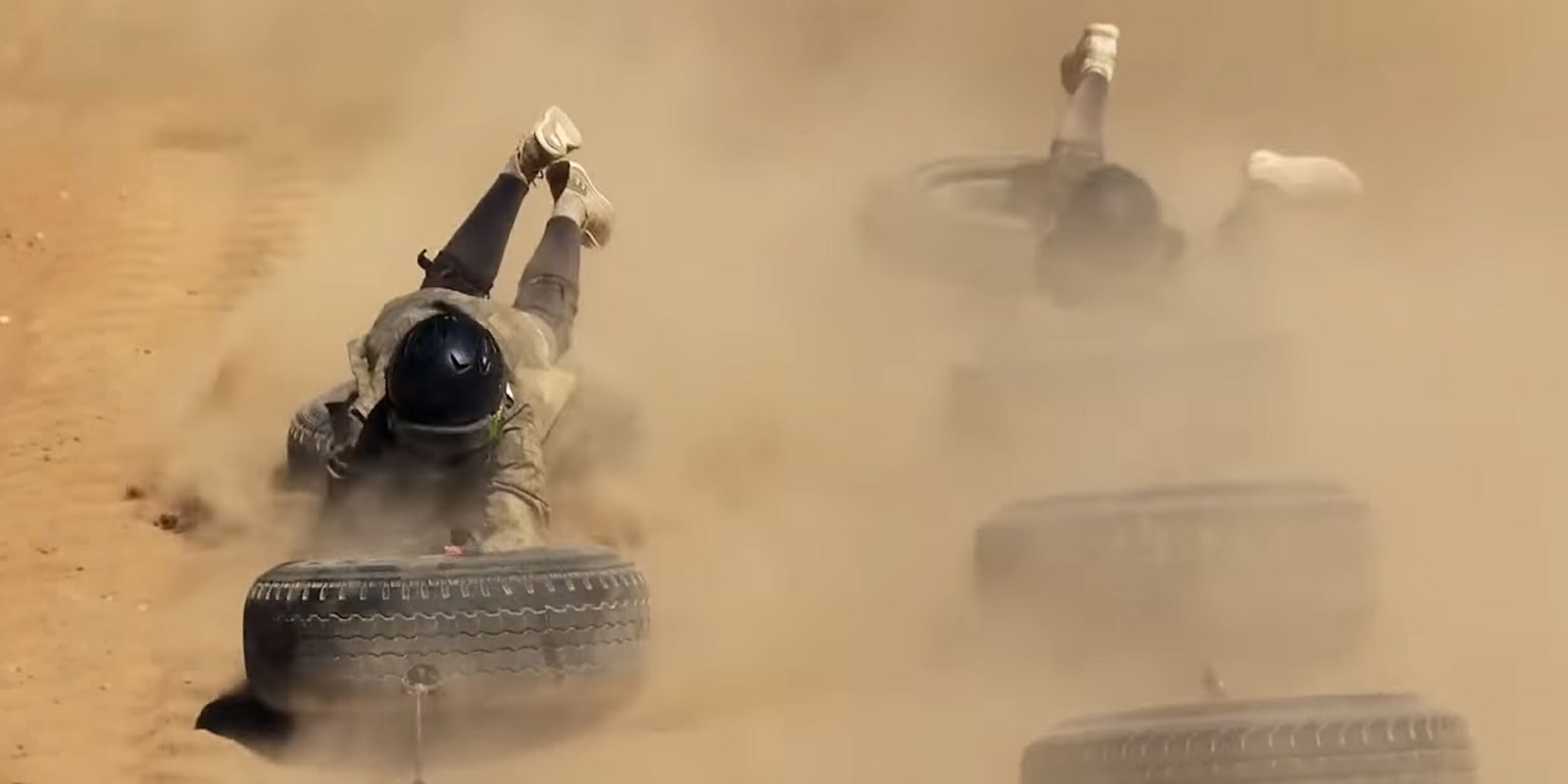Wes Bergmann remembers how people treated him when he started competing on The Challenge in 2006. “You could walk into a club and get paid thousands of dollars to be there and people would literally cry in your presence. And you could string together several hundred thousand dollars a year in profit from just showing up to places,” he tells the Daily Dot.
It was a good time to be a reality star. But things are different now.
Reality television exploded in the last 13 years. In 2015, 750 reality shows aired on cable alone. In a genre oversaturated by options and dogged by audience fatigue, becoming a television personality isn’t as lucrative as it once was and the competition to stand out is far fiercer. But that hasn’t stopped people from trying.
Twenty years ago, the first Real World vs. Road Rules Challenge hit cable screens, forging a genre and spawning a bevy of reality talent. Boasting one of the oldest and most loyal viewing audiences on MTV, Challenge fans have stayed the course, growing up with the show and alongside its stars.
For years, The Challenge felt like the best reality competition that no one talked about. Maybe it’s because the show lives on cable, or more specifically, MTV, which audiences might feel too old or too cool to watch. Or maybe it’s because the franchise has enjoyed such a sustained run that people forgot about it. Regardless, the show persevered, evolving to the point that erstwhile fans might find it unrecognizable. In earlier years, you’d be forgiven for mistaking The Challenge for a well-funded, drunken field day. Today’s iteration offers some of the best appointment-viewing television available: There’s the competition, packed with twists and opportunities to backstab, and then there’s the house-romance-frenemy drama it pours into. Plus, after two decades, your love-hate for these familiar personalities is pretty well invested.
This week, The Challenge returns for its 33rd season, dubbed “War of the Worlds.” And this time, it’s pitting 16 returning vets against 18 prospects culled from domestic and international shows like Love Island, Big Brother, American Ninja Warrior, and Geordie Shore. As past seasons have shown infusing fresh faces into the stable of Challenge veterans makes for a hit.
But that’s not all that’s contributing to The Challenge’s longevity. It seems that after years of holding on by a thread, the franchise has embraced the changing landscape of how and what we consume outside of television and found a formula to thrive.
The Twitter wars
The Challenge might have vanished into the ether if it hadn’t been for Twitter. Before social media, cast members joined sites like MySpace and Facebook, but the arrival of new platforms provided increased access to fans and further opportunities to make money.
Cara Maria Sorbello—the de facto female face of franchise—waxes poetic about the old days when she was able to build personal relationships with her followers. Now that everything’s blown up, she tells the Daily Dot, she no longer has time.
In the early days, The Challenge was a great opportunity for Real World graduates hoping to make some quick cash. But appearing on the show hardly guaranteed a career. Challenge alumni actress Jamie Chung and WWE star Mike “The Miz” Mizanin became breakout stars in their respective fields, but most cast members seemed content to eventually leave the network, start families, and reintegrate into polite society. As the years passed and MTV replaced old favorites with young, hungry competitors, viewers were left wondering: What happened to Katie Doyle and Alton? Where was Coral and was she still beating bitches up?
When old cast members began popping up on Twitter and Instagram, viewers dreamed they might return to the show that once made them household names. Some of them did. Recent seasons brought lapsed favorites like Darrell Taylor, Derrick Kosinski, Veronica Portillo, and Brad Fiorenza back into the fold where they continue to hold their own against younger players. But everyone watching could see the game had changed.

As with everything, social media is the hero and the villain of this story. Where once players left all the toxicity on the field, Twitter allowed the drama to continue percolating, even after the cameras turned off. Players noticed and used the tools to self-promote and antagonize each other.
For some veteran players, the changes proved difficult to embrace. Cara Maria tells the Daily Dot the shift affected casting, with newcomers prioritizing “getting famous and being seen” over showcasing their authentic selves. She feels some newer cast members lack the “depth and stories” of their predecessors and points out that as the pool of reality talent deepens, cast members become more willing to invent drama to create a storyline, increasing their odds of being recast.
But the drama playing out on-screen pales in comparison to the clash of the fandoms happening online. As cast members navigate relationships on the show and in the offseason, their movements are mimicked by a slew of fan or “stan” accounts. Around Rivals II, in 2013, Cara Maria began noticing accounts dedicated to her (and her burgeoning arms) popping up on Twitter. These accounts were soon followed by accounts created to troll the stan accounts. Soon every cast member had at least one stan account and as the Challengers clashed on the show, so did their stan counterparts. Cara explains, “These accounts essentially created their own community.”

The Challenge cast member community and the stan community have a symbiotic relationship. The stans rely on Challengers to provide entertainment and in return, supply them with gossip and receipts. Fan-discovered tea usually finds its way back to Challengers, creating offseason grudges that permeate on-screen. Producers are aware of these social interactions, using them to justify casting choices, position rivalries, and inspire show themes (The Challenge was the first reality competition show to introduce themes with “The Battle of the Seasons” back in 2002.)
Then there are the social numbers. Cast members are aware that producers monitor their followings and that these figures factor into casting decisions. For veteran challengers like Derrick Kosinski, who started competing on the show back in 2004, this can prove tricky.
Derrick left The Challenge and social media about six years ago to get married and start a family. When he returned to compete on “Dirty Thirty” in 2017, he quickly rebuilt his Instagram following, but struggled to return to his pre-hiatus Twitter numbers. Despite his standing as a veteran and one of the most electric players in the game, he knows his social stats put him at a disadvantage when producers configure their season lineups. He says it doesn’t bother him. “I’ve always been at a disadvantage and still found a way,” he told the Daily Dot.
Send in the influencers
In 2017, The Challenge celebrated its 30th season and MTV saw its first summer ratings increase in six years. The network attributed the spike partially to the debut of its docuseries, Siesta Key, and partially to conducting strategic overhauls on flagship shows, according to Viacom via Reuters.
In the case of The Challenge, this meant leaner episodes, slick production value, and a grand prize valued at $1 million. The new format, coupled with old returning favorites, gave the show a 20 percent boost in the ratings. But for loyal fans, the season’s biggest talking point was its casting: For the first time, production extended invites to 10 members of a different MTV show.
With the exception of two “Fresh Meat” seasons, the only path to appear on The Challenge has been through The Real World or the short-lived Road Rules. As the show’s popularity dwindled, Challenge viewers worried it might take both series down with it. MTV’s willingness to incorporate new talent, first from network shows like Are You The One, and later from shows like Big Brother, and Vanderpump Rules, implied there might be another way. It allowed for new romances, new beef, and new alliances—the trifecta of reality success.
The 18 prospects appearing this season run the gamut in terms of athletic ability and gameplay experience. Switching shows will be an adjustment for all of them, even for competitors like Natalie Duran, a professional rock climber and contestant on American Ninja Warrior. While her athletic background and neuroscience degree make her an obvious frontrunner in this season’s game, she’s nervous about navigating the differences between the shows’ online fanbases.
“The vets on the show have warned me Challenge fans are very passionate,” Natalie tells the Daily Dot. Since the network announced her as a competitor this season, she’s received some hate from Twitter trolls. But she hopes to rely on the following she’s built during Ninja Warrior to balance out the negative messages.

This is ultimately MTV’s strategy for sustaining The Challenge: Bring in known talent with built-in audiences and hope their fans follow suit. It’s a smart plan, bolstered by the fact that many of the prospects chosen to compete this season are already international superstars. Stephen Bear, a British reality competitor with several U.K. shows under his belt, has 311,000 followers on Twitter—-that’s 23,000 more than Johnny Bananas, The Challenge’s most infamous contestant. Bear also has more than a million followers on Instagram. If MTV can convert even a fraction of these fans into regular viewers, there’s no limit to how far they can push the franchise.
Challengers vs. the world
As far as viewers can tell, the most difficult part of competing on The Challenge is playing the game. For competitors, it’s everything leading up to the show.
Being a Challenge competitor requires significant flexibility: Cast members must be available to train, to leave the country for months at a time, sometimes with only a few days notice. Cast members are paid to appear on the show, but contracts are not disclosed and vary depending on experience. The cast members I spoke with told me they’ve done everything from driving for Uber, walking dogs, promotional modeling, and instructing group exercise classes to sustain themselves during the offseason.
Some cast members, like Wes, have found career success outside The Challenge while maintaining their position on the show. Others, like Derrick, have leveraged their accomplishments within the game into profitable ventures outside it—in his case, as co-creator and co-host of the popular interview podcast Challenge Mania.
For rookie cast members, creating and monetizing their social platforms is one way to support themselves as they train to compete for the larger cash prize. Liz Nolan, a prospect from Big Brother says, “I think you’d be a fool not to take advantage of this incredible opportunity and try to make money off the social following.”
Nany Gonzalez, a veteran returning to the field after a four-season hiatus, says she’s noticed the fans are more vocal on social media than they were when she last competed. After leaving the show in 2016 to focus on her career outside the show, she grew tired of the Twitter drama and deleted her account. She maintains an Instagram presence that focuses on her professional accomplishments as a medical aesthetician. Now that she’s back on the show, she’s planning to incorporate more MTV content.
Today, you’d be hard pressed to divorce the broadcast version of The Challenge from its social presence. Even though the show has been off the air since The Final Reckoning ended in December, Challenge fans haven’t wanted for drama or content. Just after Christmas, news broke that competitor Paulie Calafiore—who hooked up with Cara Maria on the show and began dating her—was cheating on both Cara Maria and The Bachelor’s Danielle Maltby, and the coverage and Twitter speculation hasn’t stopped since.
Scott Yager, co-creator and co-host of Challenge Mania, sees the broadcast show as filling only one small portion of today’s Challenge experience. He says, “It’s all the other stuff that fills in the gaps; the social media, the podcasts, the rumors, the gossip, the scandals, and the fantastic communities of fans who have an ongoing discussion about it all, not just with each other but with the very cast members they’re discussing.”
With its premiere last night, War of the Worlds is just the beginning. But for fans, keeping up with The Challenge never ends.
READ MORE:


